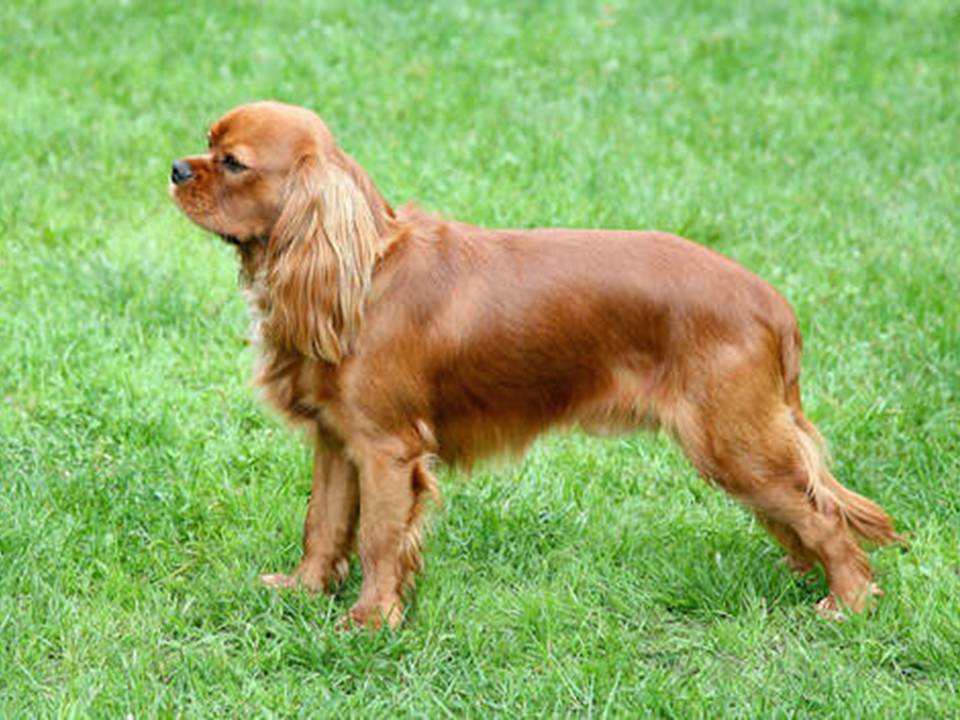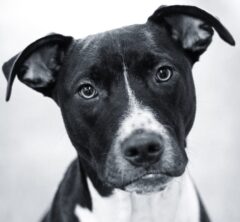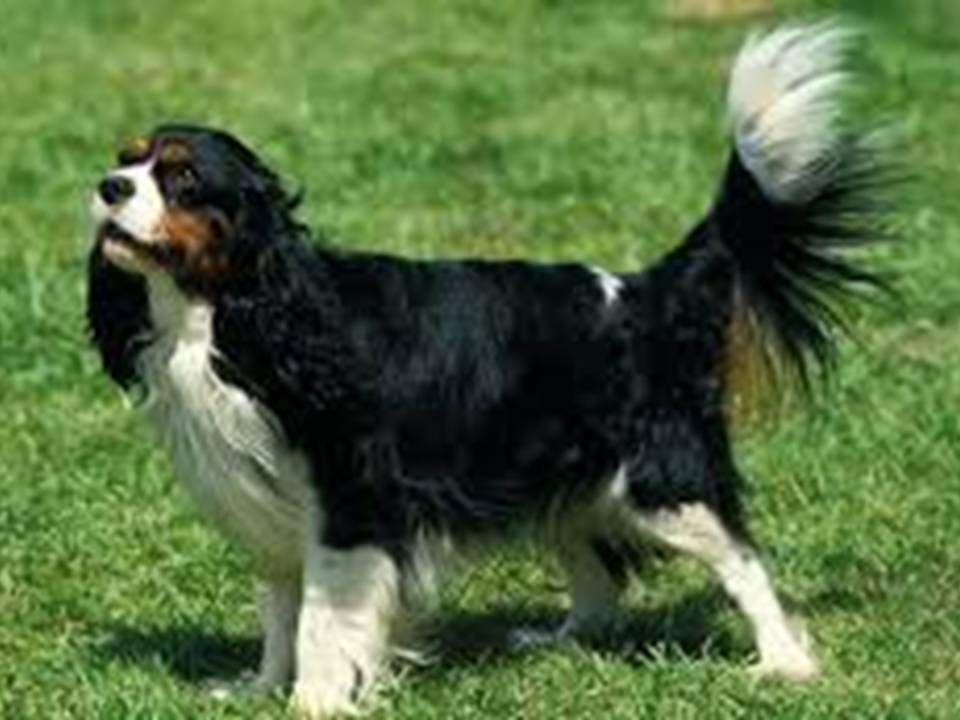The History and Origins of Cavalier King Charles Spaniels
Cavalier King Charles Spaniels are known for their affectionate nature and charming looks. They have large, dark eyes and silky coats. This breed has a rich history linked to European royalty and English nobility. Their origins date back to toy spaniels popular during the Renaissance. Over time, political, cultural, and aesthetic changes shaped their development. This essay explores their historical roots, royal connections, and evolution into beloved companions.
Early Origins: Spaniel Roots
Cavalier King Charles Spaniels come from small spaniel-type dogs that existed in Europe as early as the 16th century. The word “spaniel” refers to dogs from Spain. These dogs were initially bred for hunting. They helped hunters flush out and retrieve game.
Smaller versions of these spaniels, known as “toy spaniels,” were bred for companionship. Aristocrats favoured them for their friendly nature and small size. Paintings from the Renaissance show noblewomen with toy spaniels resembling today’s Cavaliers. Artists like Titian, Van Dyck, and Rubens captured these early spaniels in their works. These dogs had longer noses and were more athletic than modern Cavaliers. However, they shared features like expressive eyes, silky coats, and distinct markings.
Royal Connections
The breed became closely linked to English royalty in the 17th century. King Charles I and his son, King Charles II, adored these toy spaniels. King Charles II, in particular, had a deep affection for them. He allowed them to roam freely in his palace. Some say he even neglected state affairs to spend time with his dogs.
A popular legend claims that King Charles II issued a royal decree. This decree supposedly allowed these spaniels to enter any public place, including the House of Parliament. However, historical evidence for this claim is lacking. Despite this, the toy spaniel became known as the “King Charles Spaniel.” Paintings from the time often show these spaniels with royal family members, reinforcing their status as noble companions.

Decline and Transformation
Despite their royal connection, the breed changed over time. By the 18th century, toy spaniels spread across Europe. Breeding trends shifted as other small breeds, like pugs, were introduced. These new influences led to shorter noses and domed heads in spaniels.
During the Victorian era, these traits became more pronounced. The breed developed a flatter face and more compact build. This version became the standard and was called the “King Charles Spaniel” in Britain and the “English Toy Spaniel” in the United States. The original, longer-nosed variety nearly disappeared.
Revival of the Cavalier Type
Interest in the longer-nosed spaniel returned in the 20th century. Roswell Eldridge, an American dog enthusiast, played a key role in this revival. In the 1920s, he visited England and noticed the difference between historical paintings and modern spaniels.
In 1926, Eldridge offered a cash prize at the Crufts dog show. He challenged breeders to recreate the longer-nosed spaniel seen in 17th-century portraits. His efforts sparked renewed interest. Breeders worked to restore the original appearance.
By 1928, the Cavalier King Charles Spaniel Club was founded in the UK. In 1945, The Kennel Club officially recognized the breed. The word “Cavalier” was added to distinguish it from the shorter-nosed King Charles Spaniel.
Modern Popularity and Global Recognition
Cavalier King Charles Spaniels have gained worldwide popularity. Their gentle temperament and adaptability make them ideal family pets. They also perform well in canine sports and therapy work.
The American Kennel Club (AKC) officially recognized the breed in 1995. Since then, its popularity has continued to grow. Celebrities and public figures often own Cavaliers, boosting their appeal. The breed frequently appears in movies, TV shows, and advertisements.
Conclusion
The Cavalier King Charles Spaniel has a rich history. It was a favoured companion of English monarchs, nearly disappeared, and later made a remarkable comeback. Today, it remains a beloved pet worldwide. Its beauty, friendly nature, and royal heritage continue to captivate dog lovers everywhere.



This is my favourite dog. One of the dogs on top of my list.
COOL DOG